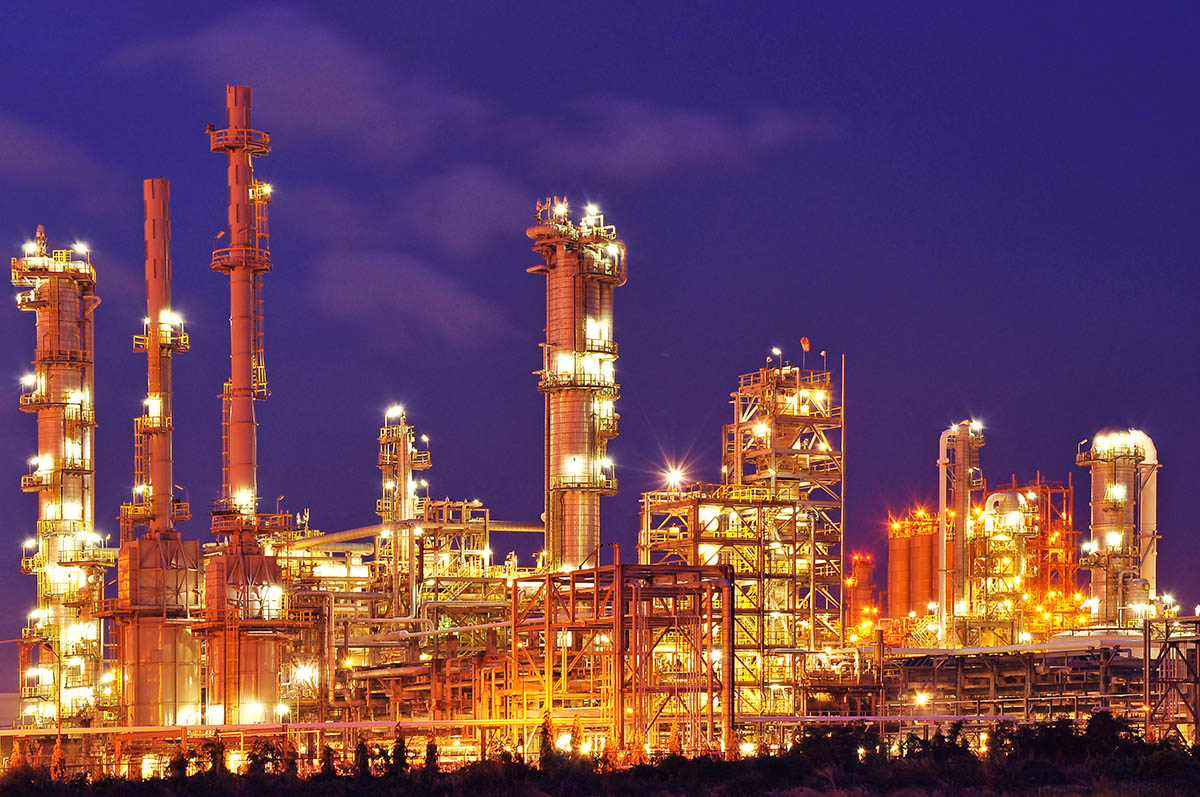Production Efficiency Gains, Not Cost Cutting, Key to Permian Success.
As the most prolific producing acreage in the United States, the Permian Basin is known for the get-in-and-get-out ventures of operators seeking to turn a quick profit from the shale’s significant initial production volumes. The exciting, high-volume rush at the outset keeps many of these operators focused on access to acreage, drilling techniques, and completion design, with production efficiency taking a back seat. For those interested in taking a note from the majors and adopting a longer-term view, production loss management is one of the essential elements to remaining profitable.
There is no one standard for managing production efficiency, but numerous variables are keeping many operators from achieving maximum production. Permian operators tend to use their bottom lines as a measure for decision-making, not realizing that, over the long term, gains in production efficiency will save them more money than trying to keep costs low. The economic benefit of a 1% efficiency gain is roughly equal to that of a 5% operating cost reduction. By striking a balance among costs, production, and sustainable health, safety, and environmental (HSE) practices, companies developing Permian acreage can minimize production loss, increase profits, and mitigate risks to their crews and the environment.
Finding money left on the table
Companies use different methodologies to measure production loss. The existence of different methodologies, and the fact that data is logged by multiple individuals across hundreds of wells, leaves room for error and can result in inconsistencies in production loss data. With accuracy compromised and, often, a lack of procedures for reporting, distributing, and utilizing production loss metrics, many operators simply may not know where they stand. It’s estimated that most are producing 5% to 30% less than they could be.
By implementing best practices for capturing, reporting, and analyzing production loss data and by training staff to comply with these practices consistently, Permian operators can have available the data needed to uncover opportunities for production efficiency gains. However, they won’t truly understand their opportunities without standard key performance indicators that can be benchmarked internally as well as externally against their peers.
Remaining nimble to stay in the game
Production loss results from planned and unplanned maintenance issues as well as non-mechanical events such as inclement weather and inefficient transportation logistics. Using root cause analysis, operators can better plan for these events and reduce the amount of non-productive time. While not every event can be foreseen, practices such as consistent planned maintenance, data-driven continuous improvement processes, and even improvements to roads and pipelines can, over time, minimize production loss. Tracing issues back to their underlying causes means companies are not just fixing a problem now, but reducing the risk of its recurring.
Today’s oil market remains volatile, and Permian operators must remain nimble to stay in the game. With oil prices in flux, planning can be a challenge, often requiring a quick pivot when rigs need to be mobilized or demobilized. Unlike conventional drilling, shale drilling requires precise wellpad placement and continuous management of drilling and completions. At times, 20 drilling rigs may be operating in the midst of 1,000 producing wells. With fickle weather, the need for experienced personnel, and other logistical challenges, Permian operators face unique difficulties when it comes to managing production loss and maintaining efficient practices, especially when approximately half of total production volumes are achieved within the first 3 years of a well’s life cycle.
Putting formal, continuous production loss monitoring processes in place and utilizing a methodology to consistently compare data can give operators a more accurate view of what’s at stake.
Safety risks equal less efficiency
Another major component of production efficiency is sustainable HSE practice and culture. Generally, the same factors often impact reliability and safety. For example, the most reliable operations are the safest. Putting personnel or the environment at risk is never efficient in the long run. Equipment is always more expensive to repair than to maintain, and the cost of capturing production quickly rather than safely can create vulnerabilities for staff and for the productivity of drilling acreage.
Deferring maintenance or safety measures always increases costs over time; conversely, when proper HSE protocols are balanced with production loss management, increased revenue follows. Despite the Permian’s reputation for low breakevens and quick profits, maximizing production means taking a longer view — planning for what may seem impossible to prepare for and looking past the temptation of a bustling boomtown to the stability of a process-driven enterprise.

Subscribe to receive periodic emails based on your area(s) of interest: Refining, Chemicals, Upstream, Midstream, Power Generation, Reliability & Maintenance.

.jpg)

.jpg)
.jpg)
.jpg)
.jpg)
.jpg)



.jpg)
.jpg)


.jpg)
.jpg)
.jpg)
